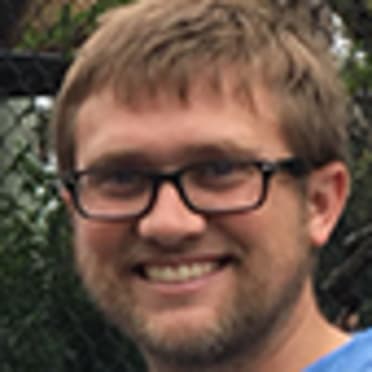SAN DIEGO -- The Padres, on Monday, formally unveiled a state-of-the-art pitching and biomechanics lab in partnership with Point Loma Nazarene University.
Among those on hand for Monday's ribbon-cutting ceremony at the University's Balboa campus were pitchers Yu Darvish, Yuki Matsui and Daniel Camarena, pitching coach Ruben Niebla and assistant general manager Josh Stein.
"This is a big part of modern-day player development -- being able to analyze movement and understand the way in which pitchers and hitters are taking ground forces and going up through the kinetic chain … into [throwing] the baseball or into the swing," Stein said. "A facility like this gives us a real advantage in terms of understanding our players' development and how we can get them better."
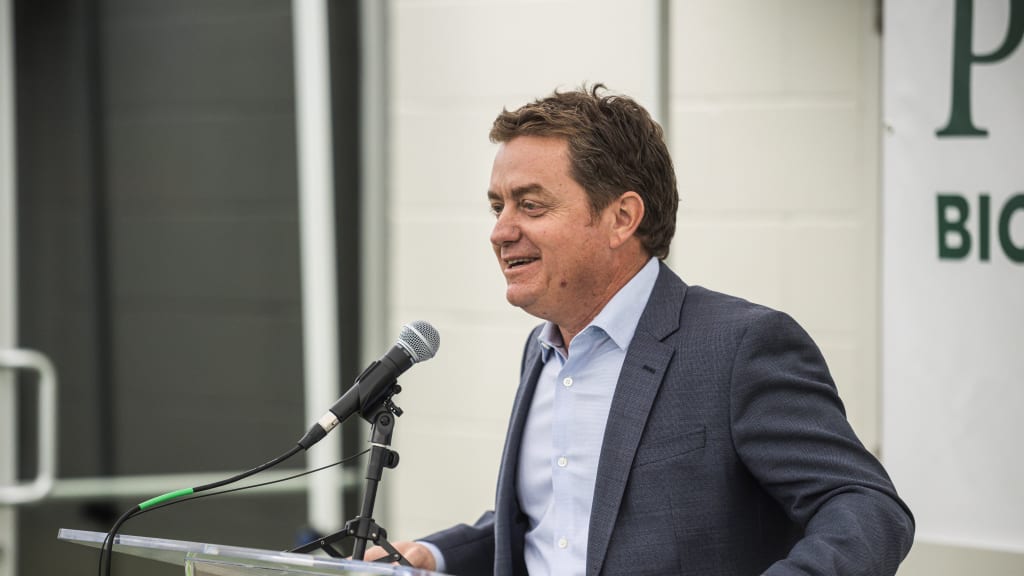
Monday's ceremony was an event five years in the making. The Padres and Point Loma Nazarene had been working together since 2019, with PLNU’s biomechanists having previously used mobile labs at Petco Park and in Peoria, Ariz., during Spring Training. Last summer, the two sides announced their plans to develop a dedicated pitching lab.
Already, Niebla said, 26 Padres pitchers have come through the lab to have their baseline data recorded, along with other Minor Leaguers not invited to big league camp.
"You're able to analyze your movement and see your pitches through data," Darvish said through interpreter Shingo Horie. "When you're not doing too good or when you are doing good, it’s: What am I doing right, and what am I doing wrong? Those kinds of data, you're able to pick up through these systems."
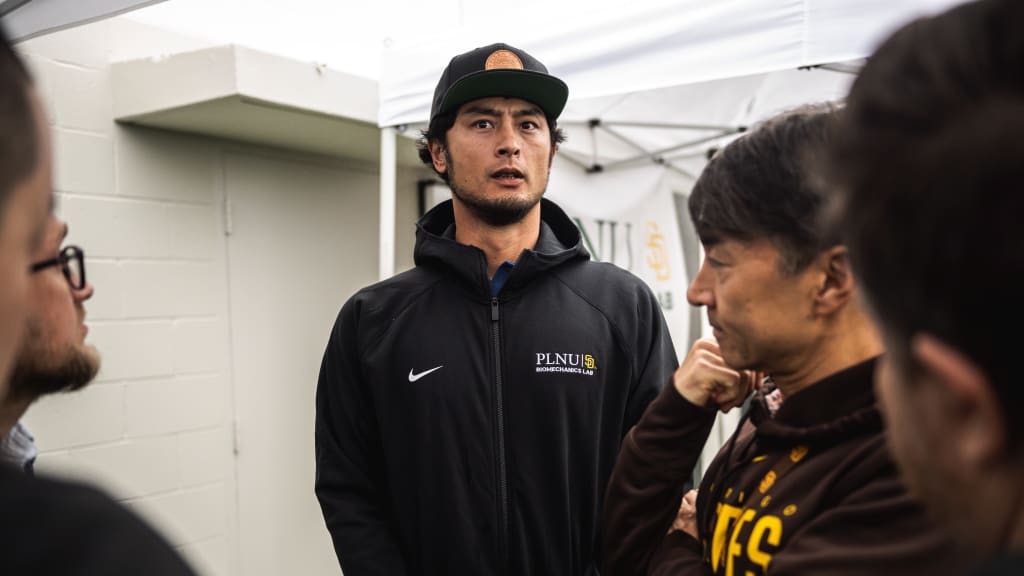
The lab itself features a mound-to-home-plate setup with numerous high-tech cameras and sensors designed to track all manner of data. The real-life applications of that data are huge, the Padres say.
First, that data can be used to keep players healthy and prevent injury. Second, it can be used to help players improve their performance -- subtle tweaks to grips or deliveries that might significantly alter a pitcher's results.
"It’s about being able to assess players, being able to understand players,” Niebla said. “There’s a health component to it. But performance is directly impacted by health. So being able to see how they’re moving, the kinetic chain, how they’re actually getting to the tip of the ball -- it’s very important.”
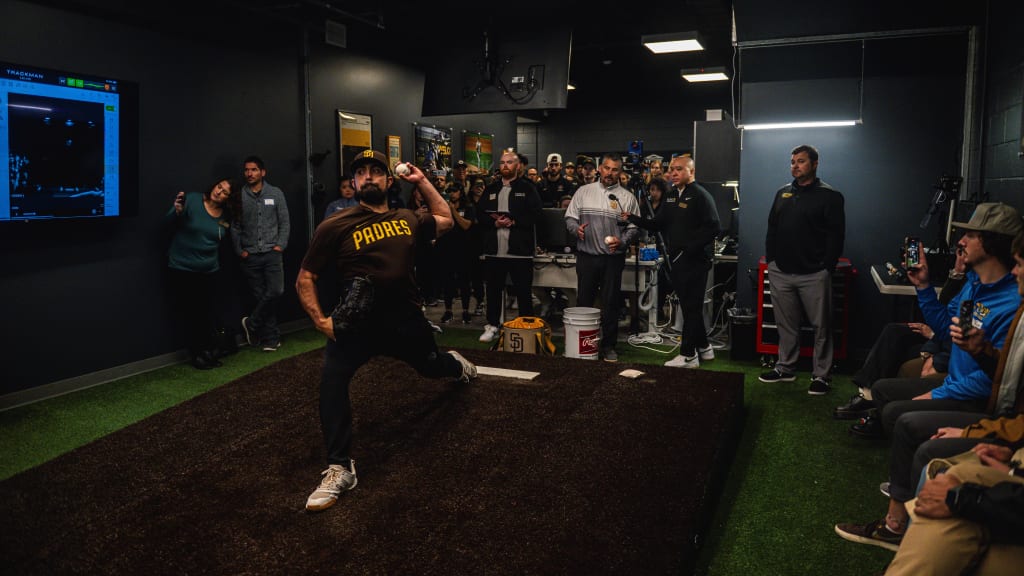
Niebla described the process thusly: His pitchers enter the lab and throw a bullpen session. Point Loma's team of biomechanists -- led by Dr. Arnel Aguinaldo, the lab’s director -- track what Niebla called the "hand-to-ground forces" within a pitcher's body when he throws the ball.
The biomechanists record the data and present it to the Padres, pointing out any notable figures or red flags. The Padres' sports science team takes that data and puts it into baseball terms. From there, Niebla works with his pitchers to make any necessary alterations -- to grips, to deliveries, to training routines.
"A lot of times it ends up being one thing," Niebla said. "It'll go from a complex thesis to, eventually, one thing that a guy is working on."
But if that one thing keeps a pitcher healthy or boosts his performance, it's worth the investment. Construction and technology for the lab cost an estimated $2-3 million, with costs split between the Padres and PLNU.
Two very specific examples of the facility’s benefits came up during interviews on Monday:
1. When Joe Musgrove was rehabbing his broken toe last spring and nearing a return, the Padres sent him for testing. They needed to ensure his delivery was in sync with his previous baselines.
2. With Seth Lugo last year and Michael King this year, the Padres envisioned a significant innings jump. (Both were moving to the rotation after spending years pitching in relief.) The data collected before the season gives the Padres a baseline. Later in the year, they'd be able to tell whether that pitcher was wearing down.
"Michael King has already been in here," Niebla said. "We already have a biomechanical assessment on him. So we are able to take ... that information and be able to compare. As he's pitching at Petco, we're able to see: This is when he's at his freshest, and this is what's happening right now. We're able to compare his movements and what they look like."
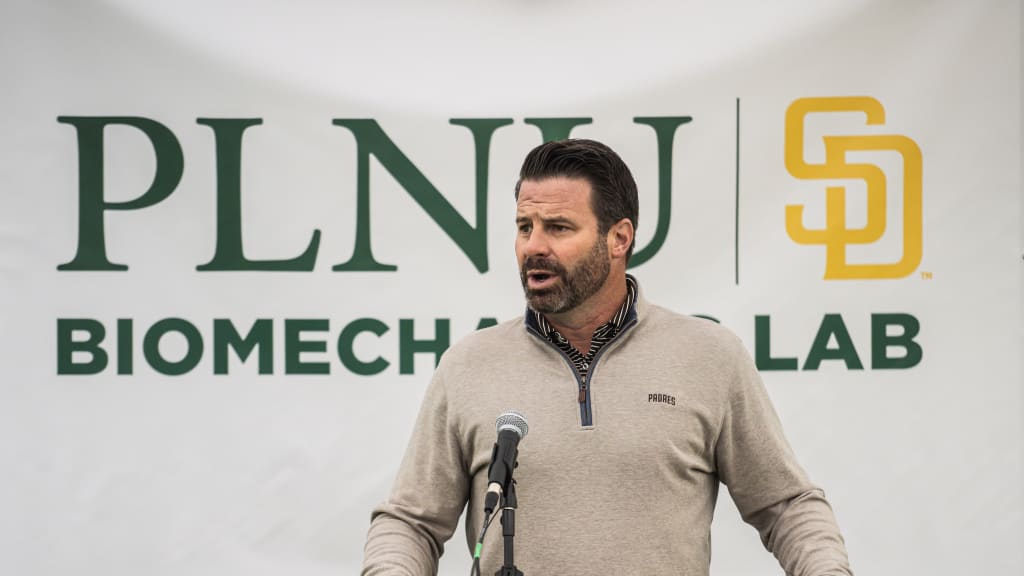
The data is largely pitching-focused, because of the massive health implications. But Stein touted the lab’s ability to break down swings and improve the performance of hitters.
The Padres say they're only at the tip of realizing what's possible. They're excited to delve into the applications. Only a few other teams have dedicated pitching labs -- and fewer still in their own backyards.
"We do view it as something that, from the Padres’ perspective, we're going to be able to get some real gains and competitive advantages," Stein said. "But in larger terms of baseball in San Diego, it's going to be a jewel."
